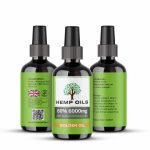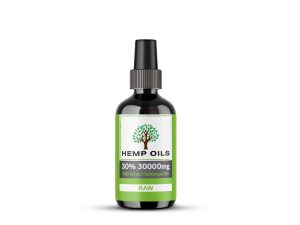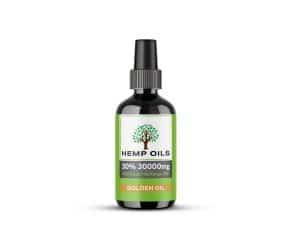===
CBD, or cannabidiol, has gained significant popularity in recent years for its potential health benefits. It is extracted from hemp, a variety of the cannabis plant known for its low THC content. Hemp oil, often referred to as CBD oil, is a common product derived from hemp. However, consumers are often confused about how much CBD is actually present in hemp oil. In this article, we will delve into the process of extracting CBD from hemp, explain the basics of CBD content in hemp extracts, discuss methods to assess CBD potency, and uncover the truth behind label claims.
Understanding CBD: What is it and how is it extracted from hemp?
CBD is a naturally occurring compound found in the flowers and leaves of hemp plants. It is one of over a hundred cannabinoids present in cannabis. CBD is extracted from hemp using various methods, including solvent extraction, CO2 extraction, or olive oil extraction. Solvent extraction involves using solvents like ethanol or butane to separate cannabinoids from the plant material. CO2 extraction utilizes pressurized carbon dioxide to extract CBD, resulting in a purer form. Olive oil extraction involves heating hemp and olive oil to extract CBD. Each method has its advantages and disadvantages, but all aim to separate CBD from the plant material to create hemp oil.
Hemp Oil Explained: The Basics of CBD Content in Hemp Extracts
Hemp oil, or CBD oil, contains varying amounts of CBD depending on factors such as the strain of hemp used, the extraction method, and the purity of the product. While hemp oil is often marketed as containing high levels of CBD, it is crucial to note that CBD content can vary significantly. Some hemp oil products may contain only trace amounts of CBD, while others may have higher concentrations. It is essential to carefully read the label and do thorough research before purchasing hemp oil to ensure the desired CBD content.
Assessing Potency: Determining the CBD Concentration in Hemp Oil
To assess the potency of hemp oil, it is necessary to determine the CBD concentration. CBD concentration is typically measured in milligrams (mg) per milliliter (ml) of oil. To determine the concentration, the total amount of CBD in a product is divided by the volume of the oil. For example, a 30ml bottle of hemp oil with 300mg of CBD would have a concentration of 10mg/ml. It is important to note that higher concentrations do not necessarily mean more effective results. Individual preferences and desired effects should be considered when choosing the appropriate CBD concentration.
Decoding Label Claims: Unveiling the Accurate CBD Content in Hemp Oil
When purchasing hemp oil, it is common to come across various label claims regarding CBD content. Unfortunately, not all claims are accurate, and some products may contain misleading information. To ensure the accurate CBD content, it is vital to look for third-party lab test results. Reputable manufacturers often provide these test results, which reveal the actual CBD concentration in their products. Additionally, checking for certifications and quality seals from trusted organizations can further validate the CBD content claims and ensure you are getting a reliable product.
===
Understanding the CBD content in hemp oil is crucial for consumers seeking to experience the potential benefits of CBD. While CBD is extracted from hemp using different methods, the CBD concentration in hemp oil can vary significantly. Assessing the potency of hemp oil requires determining the CBD concentration, which is typically measured in mg/ml. To ensure accurate CBD content, it is essential to rely on third-party lab test results and certifications. By being aware of the CBD content in hemp oil and making informed choices, consumers can experience the potential benefits of CBD and make the most out of their hemp oil products.




